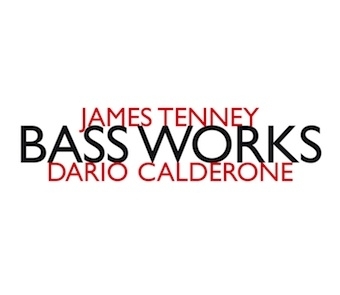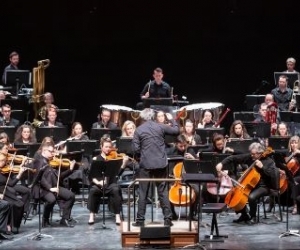
In 1983, composer James Tenney posed the question: Why is a compound tone consisting of many harmonic partials perceived as a single tone? He apparently didn’t find a satisfactory answer, and surmised that the solution must reside in the listeners themselves. That is where the music is, states musicologist Eric Smigel in the liner notes to Bass Works. This album by double-bass player Dario Calderone features compositions Tenney wrote in 1971 for his Postal Pieces series, plus Glissade, which Tenney composed for three string instruments eleven years later. All these works explore sound textures that arise from special playing techniques. In (Beast) the bassist produces combination tones resulting in prescribed beats. Calderone proceeds with two renditions of (night), whose score consists of only vague instructions. In these three pieces Calderone makes imaginative and sensitive use of the sonic spectrum and the richness in timbres that his instrument has to offer. It chugs, it grunts, it gnashes its teeth and roars; but it also whistles and wheezes, hisses and howls. The five parts of Glissade for viola, cello, double bass, and tape-delay system, each moves into a sonic territory of its own. Tenney built them on precise rules derived from physics, geometry, and mathematics. The resulting music, however, is mostly delicate and poetic. Starting in unison, the movement “Trias Harmonica” has the bass holding one tone while the cello slowly moves down an octave and the viola moves up a fifth, traversing areas of serene fluctuation and vibration.
It’s a great question that engenders such answers.


